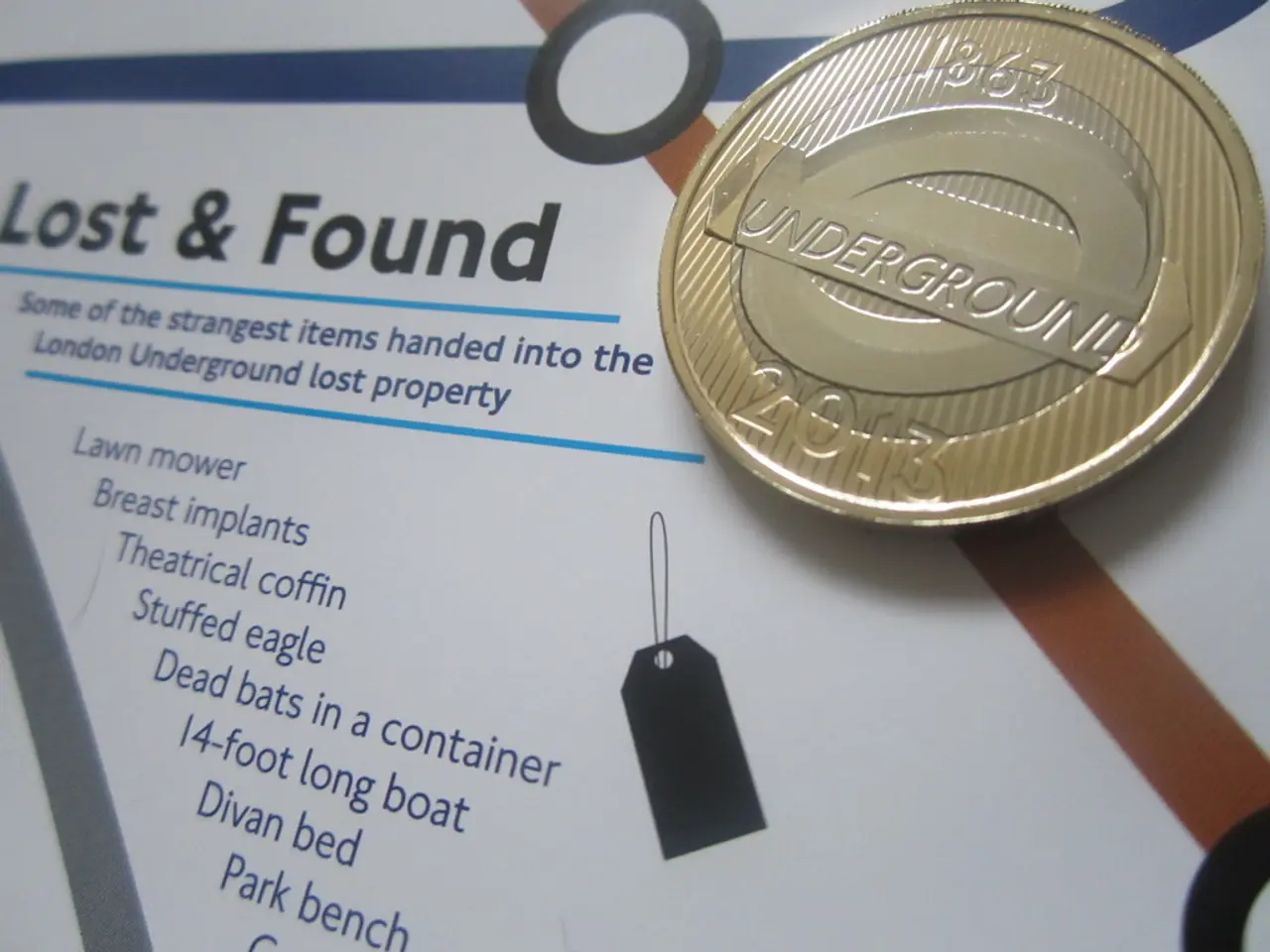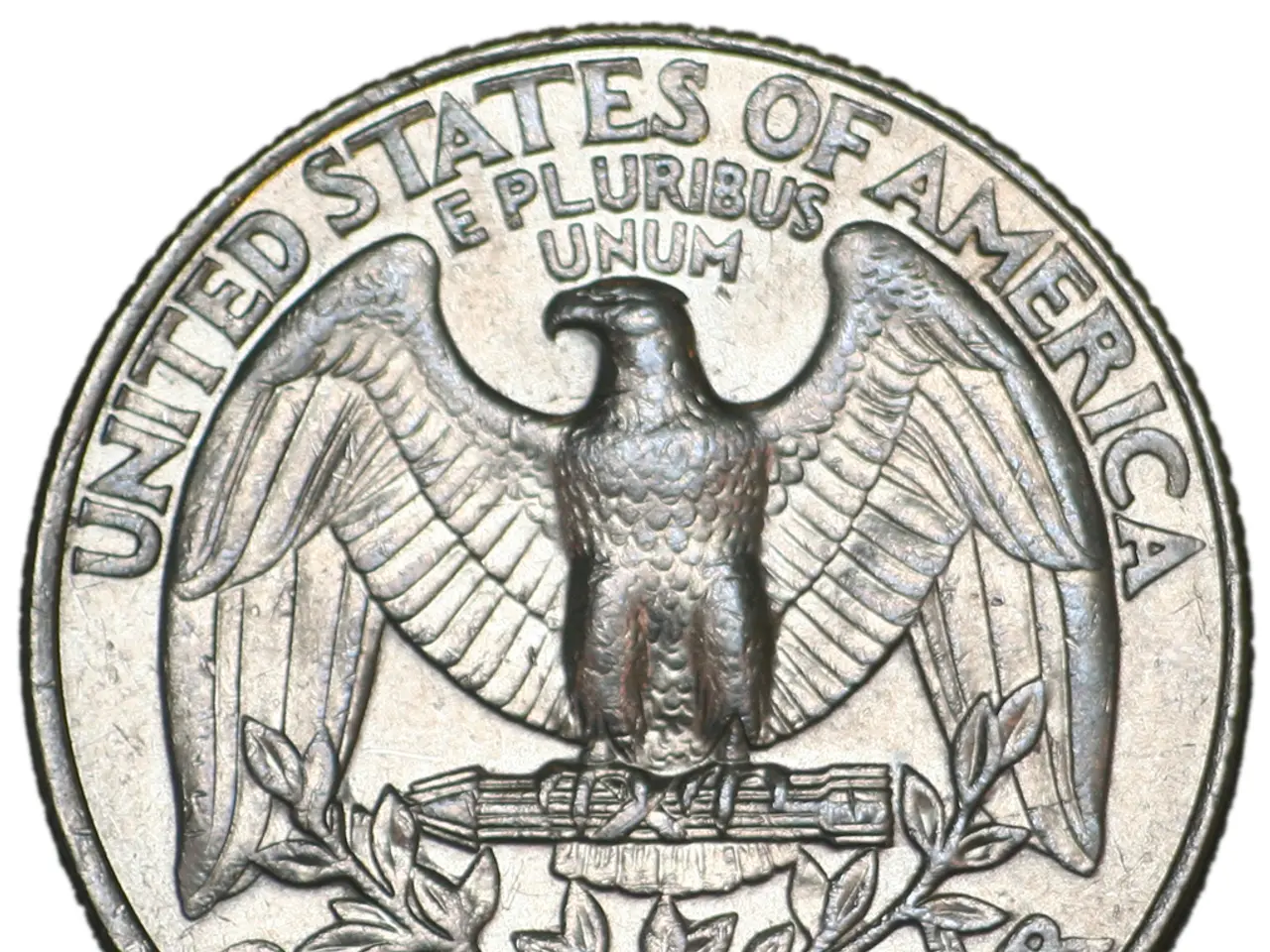Exploring the Evolution of Lasers, from Fundamental Particles to James Bond's Gadgets
Exploring the Intersection of Bond, Lasers, and Spectroscopy: A Unique Exhibition
Step into a world where the glamour of James Bond meets the cutting-edge technology of lasers, all in the name of scientific discovery. The latest exhibition, aptly named "Bond, Lasers, and Spectroscopy: A Quantum Leap," offers an immersive experience that delves into the fascinating world of light and its applications in science.
The exhibit features a recreation of a scene from the iconic James Bond film, Goldfinger. Here, you'll find yourself strapped to a laser table, just like 007, as the suspenseful music plays and the laser beam looms. But fear not, for this is a tribute to the film's enduring impact, not a reenactment of its dramatic moments.
While the Bond laser in the film is a fictional, exaggerated weapon, the concept of a laser itself is grounded in real physics and technology. Lasers produce coherent light beams, which have since become fundamental in fields like spectroscopy, where they are used to analyze materials by measuring the interaction of light with matter.
The exhibition offers a glimpse into the history of laser technology, starting with the double-slit experiment, a playful introduction to the exhibit that explores the wave-particle duality of light. Visitors can then traverse an installation that generates an interference pattern, illustrating the principles of quantum mechanics.
The exhibit provides a historical perspective on the development of laser technology, showcasing original parts from the 1960s, including components used in the first laser by Theodore Maiman. This section of the exhibit traces the path from maser to laser, providing a comprehensive understanding of how these technologies evolved.
The exhibition delves into spectroscopy, offering insights into the structure of atoms and molecules. Here, you can learn about techniques such as Raman spectroscopy, laser-induced fluorescence, and absorption spectroscopy, which enable precise identification of chemical compositions. The smallest unit of energy transfer, known as a quantum, is also explained, providing a foundation for further insights.
Throughout the exhibit, light is presented as both an electromagnetic wave and a particle, helping visitors understand its complex nature. The various spectra of light, including infrared and UV, are covered, offering a comprehensive look at the different wavelengths that make up the visible light spectrum.
In summary, the "Bond, Lasers, and Spectroscopy: A Quantum Leap" exhibition offers a unique blend of entertainment and education, providing a fascinating insight into the world of light and its applications in science. Whether you're a fan of James Bond or a curious mind eager to learn, this exhibition is a must-visit for anyone interested in the wonders of the universe.
[1] Fleming, Ian. Goldfinger. Jonathan Cape, 1959. [2] Fielding, Paul. The Making of Goldfinger. Boxtree, 1998.
- The exhibition draws a parallel between the glamour of James Bond and the cutting-edge technology of spectroscopy, using the bond laser from the film Goldfinger as a starting point to explore the role of lasers in scientific discovery, and particularly in the field of spectroscopy.
- By showcasing the evolution of laser technology, the exhibition leads visitors from the double-slit experiment, which hints at light's wave-particle duality, to the development of Raman spectroscopy, absorption spectroscopy, and laser-induced fluorescence, underlining the significant impact of light on our understanding of the atomic and molecular structure.




